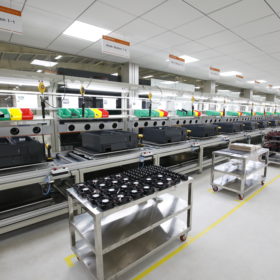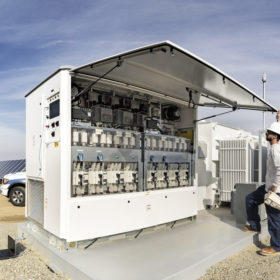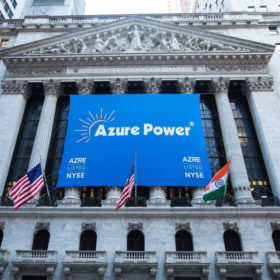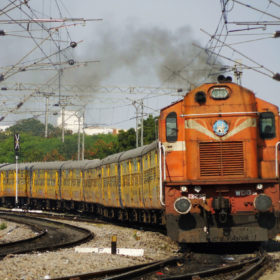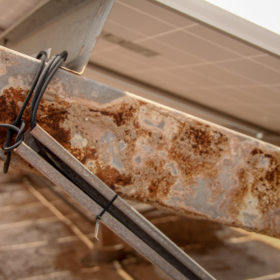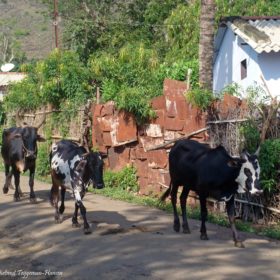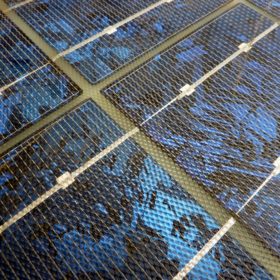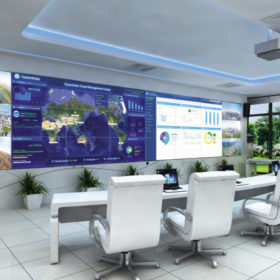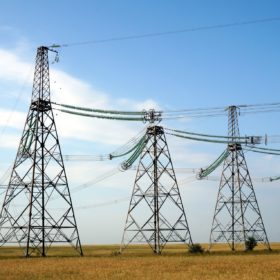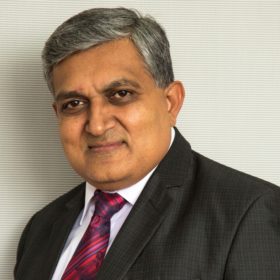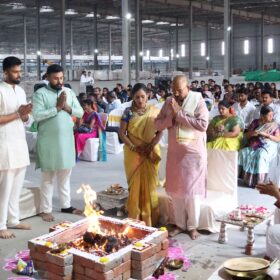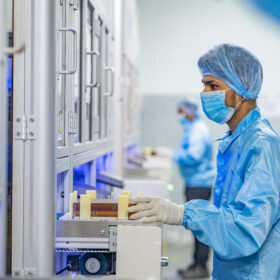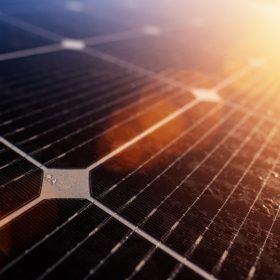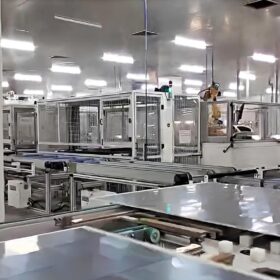Schneider Electric pulls out of utility-scale PV business
The French power electronics specialist is pulling out of the utility-scale segment to strengthen its profile in the residential and C&I space.
Sungrow crosses 3 GW of PV inverter sales in India, eyes 5 GW by 2020
The Chinese solar PV inverter manufacturer expects to touch 3.5-3.6 GW of sales by March 2019 in the country. Expanding its lineup, it plans to launch inverters for residential sector too in the second half of the current year.
The long read: Delaying derating
High solar irradiance and few cloudy days are ideal for solar. Fine dust and extreme heat is not – particularly when it comes to power electronics. As the distributed generation market segment emerges across hot climates, extreme conditions are a challenge inverter suppliers are grappling with.
Lone bid for 10 GW solar tender rejected
Delhi-based solar developer Azure Power had bid for a 2 GW project on a single site, as well as 600 MW of manufacturing capacity. According to reports, the government has rejected the bid, however, stating that the quoted price is unreasonable.
Indian Railways plans to tender 4 GW solar project
The procurement will be worth an estimated Rs16,000 crore, and will stipulate the use of 1.2 GW of Indian-made equipment. The power generated will replace 4 GW of coal-fired electricity consumption used by the railways.
Government moots list of approved PV models and manufacturers
Products and companies which fail to make the list will be excluded from a wide range of government-backed projects. The list is set to apply from the end of March 2020 but new tenders will incorporate listing requirements from now on.
Auroville search engine will crowdfund solar power for 100 villages in Tamil Nadu
Sustainable development expert Auroville Consulting has launched the Solar Village Search Engine to help fund its Solar Village Initiative, which aims to power 100 villages in Tamil Nadu with solar by the year 2030.
Fears 10 GW solar tender will be scrapped
The Solar Energy Corporation of India’s (SECI) much-hyped 10 GW manufacturing-linked tender, which has already been postponed six times, received a very tepid response on Monday, the last submission date.
The long read: Let’s get digital
As price pressure continues to exert its strong grip on the inverter market, digital services make their way into the offerings of manufacturers. The new technologies create the possibility to steadily generate profits, and thus create resilience to market fluctuations. But they also allow the installation of more solar assets, as they cater to the need to improve grid resilience to compensate for intermittent renewable energy.
‘SECI’s 10 GW solar tender will not attract big developers’
Big players such as Acme, ReNew, Adani, Azure, Hero Future and Aditya Birla Solar are likely to stay away from procurement which requires 3 GW annual manufacturing commitment, says industry insider Gopal Lal Somani.

